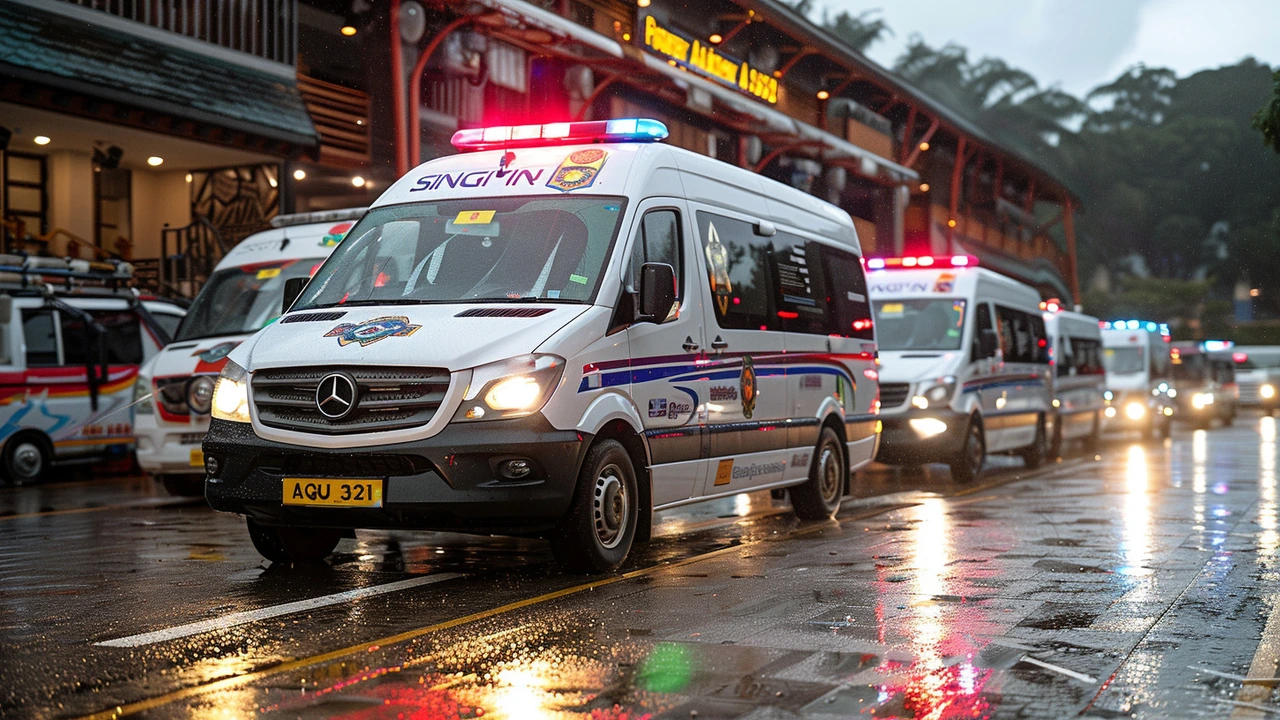Flight accident: what happened, why it matters, and what to do next
A sudden plane crash shocks everyone. The recent Jeju Air Boeing 737-800 tragedy that killed 175 passengers and four crew shows how fast events unfold and how many questions follow. If you saw headlines and feel lost, this page explains the likely causes, what investigators do, and how you — as a reader or traveler — should react.
What usually causes flight accidents?
Most accidents come from a mix of factors, not a single mistake. Common causes include bird strikes that damage engines or controls, bad weather like wind shear and storms, mechanical failures from wear or missed maintenance, and human error in the cockpit or air traffic control. Sometimes systems fail because of poor design or unexpected maintenance shortcuts.
Investigators check wreckage, flight recorders, maintenance logs, crew training records, radar and air-traffic recordings. That process takes weeks or months. Early news reports may point to a likely cause, but official findings come later from aviation safety agencies.
How to follow breaking news without panic
When a crash appears in the headlines, focus on trusted sources: national aviation authorities, the airline's official statements, and reputable newsrooms. Avoid social posts until verified. Look for updates that cite investigators, flight numbers, or official press conferences. Expect changes: initial reports can be incomplete or corrected as investigators learn more.
If the story involves people you know, find the airline's family assistance line first — airlines usually set up hotlines and support centers quickly. For general readers, patience helps: the most important details are confirmation of facts, the official cause when available, and safety recommendations that follow.
Curious how this applies locally? That Jeju Air crash has already pushed airlines and airports to review bird-strike prevention and runway checks. Small changes like more wildlife control at airports or extra engine inspections often follow big incidents.
As a traveler, what can you do now? Keep copies of travel insurance and emergency contacts in your phone and on paper. Check airline safety briefings, fasten seat belts when seated, and follow crew instructions. If your flight is affected by an accident elsewhere, expect delays and rebook options; contact the airline or your travel agent for clear steps.
Want more detail on specific incidents? Read full reports from aviation investigators when they publish them. Those reports explain root causes and recommend practical fixes that make flying safer. For updates on recent coverage, watch for articles that name the flight, the aircraft type, and the investigating body. That signals a more detailed update rather than a short rumor.
If you spotted local coverage of a flight accident on this site, check the original story for facts and follow-up pieces. We track major developments and safety responses so you can stay informed without the noise.
Questions about a past crash or about aviation safety? Ask and we’ll point you to official resources, investigation summaries, and practical travel advice you can use next time you fly.
A tragic event occurred on Singapore Airlines Flight SQ321 from London to Singapore when severe turbulence led to the death of one passenger and injuries to several others. The flight was diverted to Bangkok, where emergency crews provided assistance. Singapore Airlines has expressed condolences to the affected families.
Recent-posts
May, 9 2024






